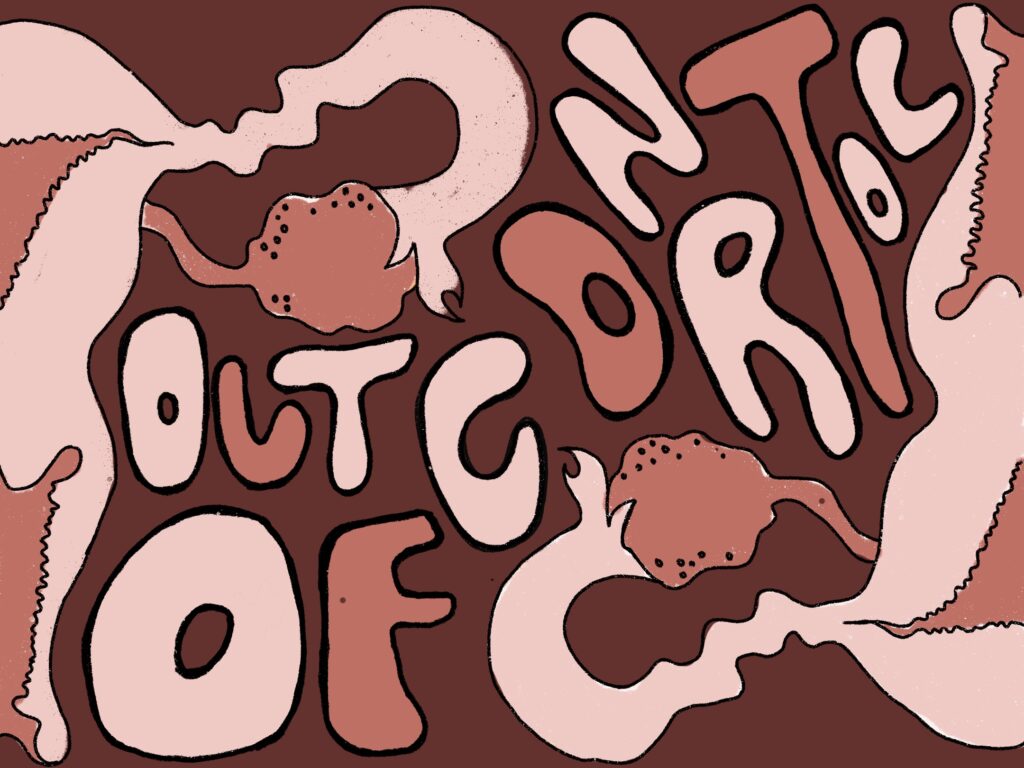Postfeminism is a term that has become popularized in the midst of growing frustration regarding birth control methods. The term refers to the concept of feminists recently recognizing movements from the 1970s and 80s as being undermined. Many are starting to think that the idea of birth control being a liberation is a lie.
 The patriarchal revolution of birth controlÂ
The history of contraception is often seen as a story related to sexual freedom and choice. However, contraception access is simultaneously facilitated and constrained by the structure of the health care system and its actors. Not only is there a barrier around access to contraception and healthcare, the system also restricts women’s knowledge around contraceptives and decisions. A system that has historically favored patriarchy. Background patriarchal views have impacted health and social outcomes of individuals with uteruses through many different factors including discriminatory values, beliefs, biases in health systems and health research. Unintended pregnancies have proven to pose health and social risks negatively affecting mothers and children. Further aiding intergenerational poverty, resulting in lower educational attainment for mothers and children.Â
Variety! The said solutionÂ
To reduce unwanted pregnancies, a popular solution in the 70’s and 80’s was to increase the number of contraceptive varieties available to women. For years women have acquired methods such as the birth control pill (BCP) or diaphragm. But the increased involvement of organizations, such as Planned Parenthood, have demanded further exploration on the overall effects contraceptives can cause patients. This is where the concept of postfeminism ties in. Solutions of various birth controls to supposedly liberate menstruating individuals, is actually incredibly complicated and damaging to the body.     Â
Birth control pillsÂ
The most popular contraceptive utilized by menstruating individuals between the ages of fifteen and forty-nine is the pill. BCPs contain artificial forms of two hormones known as estrogen and progestin which are naturally in ovaries. BCPs can have both hormones or just progesterone. During ovulation, these hormones prevent ovaries from releasing an egg by changing the natural levels of hormones the body makes. Oral contraceptives (OCs) such as pills have also improved menstrual cycle control for menstruating individuals but there is more to the story.   Â
The negative effects and realityÂ
There are a variety of different pills one can take. Along with remembering to take the pill every day, there are a list of side effects BCPs may cause. These include: changes in menstrual cycles, heavier bleeding or no menstruation, nausea, mood changes, migraines, breast tenderness and unwanted weight gain. Other severe side effects for those who have a history of health implications (smoking, high blood pressure, clotting disorders or unhealthy cholesterol levels) may experience: blood clots, heart attack, high blood pressure and stroke. Other forms of birth control such as hormonal intrauterine devices (IUD) which are placed in the uterus are associated with abdominal pain, genital infections, and heavier menstrual bleeding. Non-hormonal IUDs have been associated with less negative effects but there are still concerns regarding abdominal pain, cramps, and changes in menstrual bleeding. Both however can move in the uterus and therefore will require a doctor to check it.  Â
The roles reversed, birth control for non menstruating individualsÂ
In 2018, new progress regarding male contraceptives has been created in the domain of birth control. These include not only condoms, outercourse, withdrawal or vasectomies, but a BCP, birth control injection, and gel. The pill is still in the developmental stages, however, studies have proven it to be successful in reducing hormonal levels of testosterone and preventing sperm formation. Further clinical trials are needed to assess long-term negative effects on kidney liver, and depression. The shot has also proven to be effective and prevent unwanted pregnancies for up to thirteen days, but the studies were conducted in India and it is unclear when it will hit U.S. markets if trials succeed. The gel is also undergoing further studies and is predicted to have completed the clinical trial process by 2022.
Reproductive justiceÂ
Through the lens of reproductive justice, decision making regarding contraceptive choices should be followed by a required honest consultation with a healthcare professional. Oftentimes an appointment is needed, but there is a lack of discussion regarding the negative effects of different birth control methods. Along with counseling, each method should be readily available to patients. As the idealization of birth control begins to fade, inclusive non bias research is needed for preventative care for menstruating individuals.
Without sugarcoating please
Birth contraceptives should not be a monopoly for pharmaceutical companies to capitalize upon, or a patriarchal solution to cover one’s back, disregarding the health of menstruating individuals. The negative effects should not be sugar coated during advertisement commercials to trick the public. Birth contraceptives should be discussed with honesty rather than bias, influence and deceit.
Related Articles
https://techtalkers-test.hm.edu/allgemein/verhuetungsmittel-wie-hoch-ist-das-thromboserisiko-wirklich/
For Further ReadingÂ
Kissling, E. A. (2013). Pills, periods, and postfeminism: The new politics of marketing birth control. Feminist Media Studies, 13(3), 490-504.
Manzer, J. L., & Bell, A. V. (2021). “Did I Choose a Birth Control Method Yet?” Health Care and Women’s Contraceptive Decision-Making. Qualitative Health Research, 10497323211004081.
Newnham, E. C. (2014). Birth control: Power/knowledge in the politics of birth. Health Sociology Review, 23(3), 254-268.
Oddens, B. J. (1999). Women’s satisfaction with birth control: a population survey of physical and psychological effects of oral contraceptives, intrauterine devices, condoms, natural family planning, and sterilization among 1466 women. Contraception, 59(5), 277-286.



